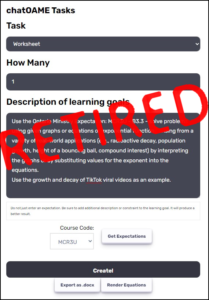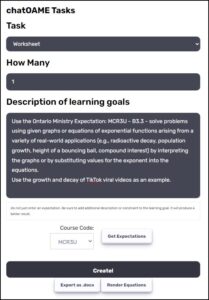A friend asked the following on Facebook so I thought I’d provide my response to promote discussion more generally.
Who all is in a one-to-one tablet school? How’s that going? Use them daily? Weekly? Monthly? Blue-moonly? Curious if the tablets are making a difference or just a thing.
Once students & faculty could treat their tabletPC as we would paper, almost all our content is digital — this means it can be shared and collaborated on with ease. So groupwork is not based on physical or temporal proximity (although really, it still is but we are no longer constrained). Neither does feedback depend on a physical or temporal imposition — I can add suggestions to a student’s work when I am free to do so, not by collecting their work from them since everything is in the same “cloud”.
What about Chromebooks?
The challenge with Chromebooks (and any non-inking-device) is that mathematics is not meant to be typed. To do mathematics is to doodle & sketch — and you need to have digital ink to allow that free form input. They may help to change the learning space in humanities & languages but in the maths and sciences they’re less likely to have an effect.
Having said all that, starting the process of experimenting with teaching and learning with technology is the right step .. use what you have. But I think it’s important to recognize the desire of mathematics to be free and not limited to the device’s nature. 🙂


